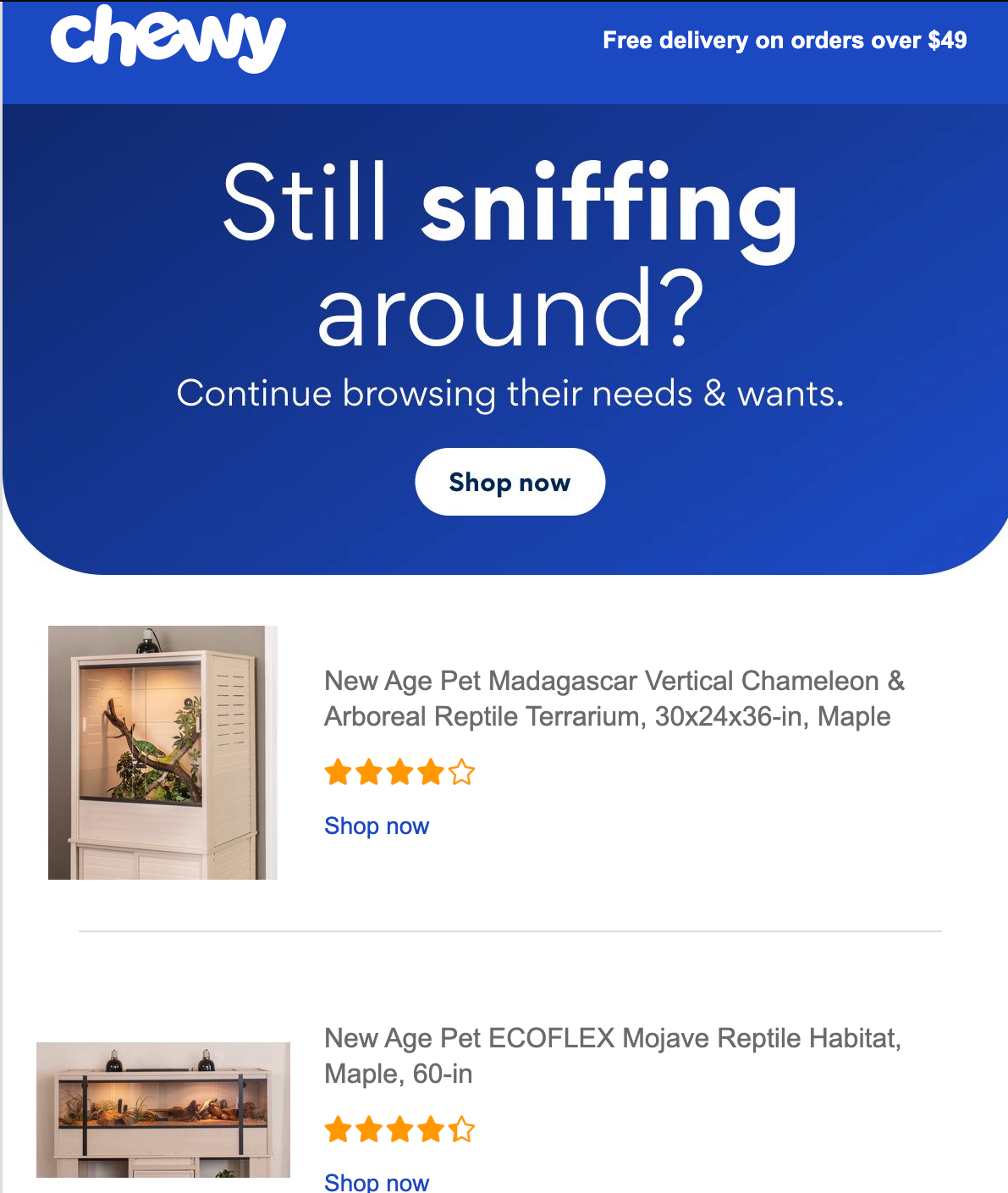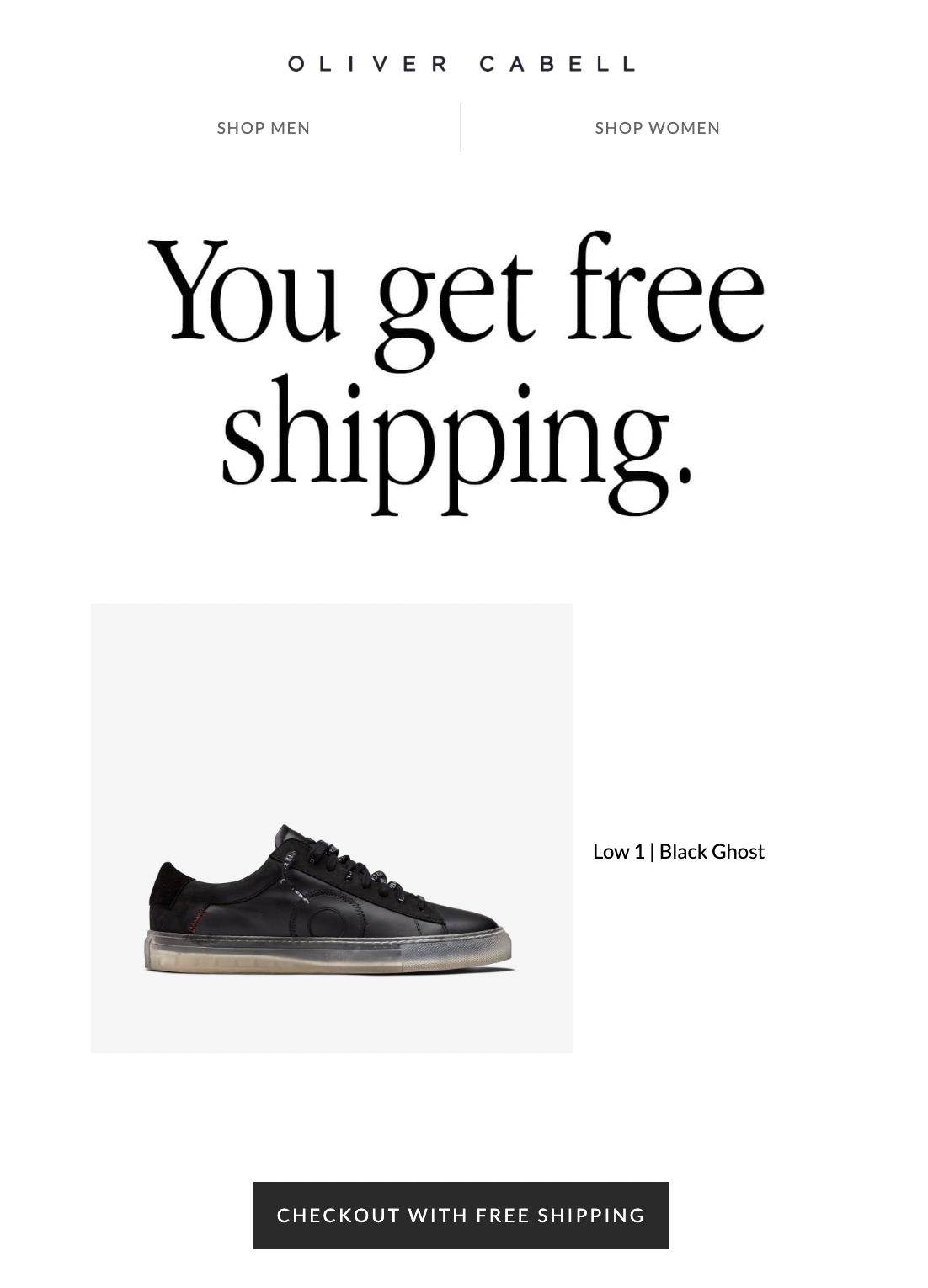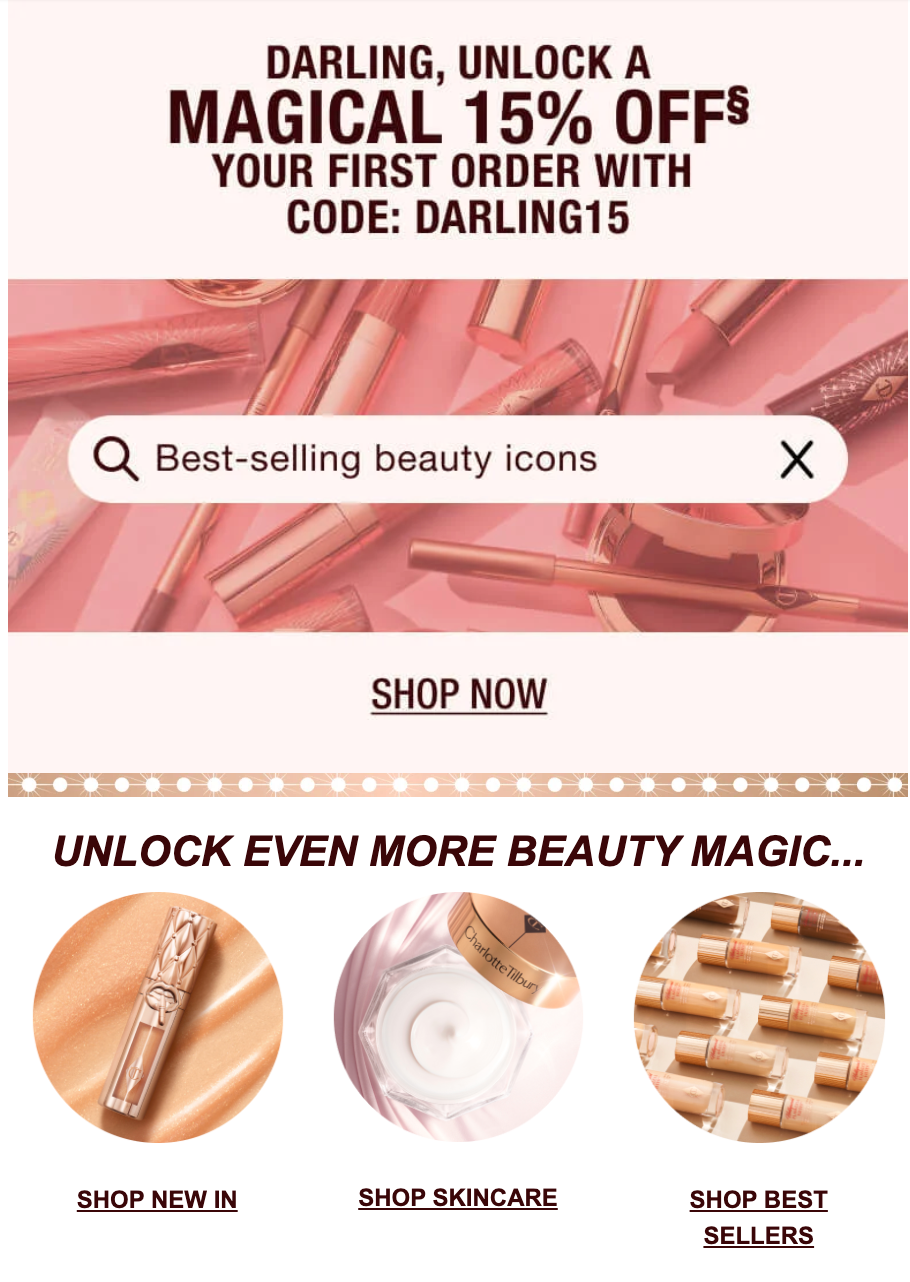Did you know that automated emails get 52% better open rates and 2,361% conversions compared to regular email campaigns? Automation helps marketers reduce their workloads and reap better results by providing recipients with a personalized email experience. What’s more, AI-powered email marketing automation enables e-commerce businesses to offer smart product recommendations, forecast customer behavior, choose the best time to send emails to certain recipients, and more.
In this article, we will expand on what AI-powered email automation is all about, demonstrate how it can benefit e-commerce dropshipping businesses, and share some tips on using it for online retail businesses .
What Is AI-Powered Email Automation?
AI-driven email automation extends far beyond sending emails on a schedule. Traditional automation uses predefined triggers (like sending a welcome message after a new subscriber signs up for your newsletter), while AI processes recipient data, spots patterns, and helps e-commerce stores send the right emails at the right time to the right audience segments.
AI automation in email marketing relies on machine learning, predictive analytics, and behavior monitoring to analyze information about your customers—their buying habits, interaction patterns with your previous messages, and the time they spent on product pages—to predict what a particular customer is going to do next. Will they place this order? Are they going to unsubscribe? What can motivate them to keep buying from you?
E-commerce stores must contend with short attention spans and inboxes overflowing with typical promotional emails. AI-powered automation minimizes the daunting guesswork and helps you make decisions based on data insights—for example, providing smarter product suggestions tailored to buying habits, forecasting customer behavior to group recipients accordingly, or analyzing subscriber interactions to understand which leads will drive more sales. Let’s take a closer look at these benefits.
Key Benefits of AI-Powered Email Automation for E-Commerce
One of the most powerful AI email automation benefits is triggering emails according to customer behavior, so you don’t have to track and send anything manually. You can draft the key stages of the customer journey and create automated scenarios to guide clients through your funnel.
Besides being a time-saver, AI automation can also become a growth engine for your online store. Let’s see how you can constantly engage your subscribers by turning data into insights.
1. Hyper-personalization at scale
Emails based on behavioral patterns get 10X higher revenue than traditional emails. Long gone are the times when email personalization was just about addressing your subscribers by name—now, a personalized email experience includes past purchases, preferred categories, and even the time a customer spent lingering on a web page choosing between two pairs of trending sneakers. AI can speed up the data collection and analysis process so that you can provide smarter recommendations and relevant offers for every recipient.  Source
Source
2. Abandoned cart recovery optimization
The cart abandonment rate for the apparel and accessories industry is 80.3%, and for the footwear industry, it is 69%, but AI can use customer data to adjust send time, email copy, and incentives for better conversions. It can also analyze which incentive is more likely to motivate certain audience segments to convert.
For example, AI might predict that new customers would prefer a 10% discount, while loyal customers would place an order after a free shipping offer. AI learns from the data you feed it and the constant feedback you provide, and over time, it will detect what brings better results and optimize your cart abandonment strategy accordingly. Source
Source
3. Predictive segmentation
Besides email segmentation based on your recipients’ demographic data, AI can group subscribers by detecting their behavioral patterns and forecasting their possible future actions. It enables you to create more targeted segments—for example, AI can offer an e-commerce store to send loyal subscribers an email with exclusive benefits, like early access to a new product, while recipients who haven’t opened your emails for a while and are likely to unsubscribe will get a newsletter with a limited-time offer to engage them.  Source
Source
4. Predictive sending for better timing
The right sending time can lead to higher open and click-through rates, as 86.4% of recipients claimed that they decide whether to open an email based on whether they have time to actually read it.
Are your recipients more likely to interact with your emails in the evening after work or in the morning while commuting? Or are they most active on weekends? Do they read your emails on a mobile or desktop?
When you use predictive sending, AI analyzes your subscribers’ previous activities to define the optimal send time for each segment. Thus, your emails will land in the inboxes when readers are ready to interact with them. You put a lot of effort into your email campaigns—don’t let the poor send time ruin them.
5. Lead scoring for better sales automation
AI can gather and process data on how customers interact with your emails, website, and products. Then, it will assign each lead a score so that you can adjust your communication accordingly—the subscriber close to converting will get a discount on a product they browse often, while a user who needs more nurturing will receive an email with customer reviews and real-life product photos.
Best Practices for Using AI Email Automation for E-Commerce
We recommend you start with a clear goal for each of your email campaigns—e.g., welcome and educate new subscribers, re-engage customers, or motivate them to get back to their abandoned carts and place an order. Then, define the perfect email segment—with AI, the segments can be dynamic and adapt to subscribers’ behavior. Finally, it’s time to create content aligned with your audience’s preferences and stages in the sales funnel.
Now that you understand how your ecommerce business can benefit from AI-powered email automation, let’s explore some best practices that will help you reap maximum results from this approach and reduce your workload.
1. Start simple by focusing on several key flows (e.g., cart recovery or welcome)
It might be tempting to start automating everything at once, but we recommend that you concentrate on several flows with a high ROI so that you can see AI value faster. You can apply AI automation to smart product recommendations, post-purchase follow-ups tailored to your customers’ buying habits, and abandoned cart reminders with effective incentives.
2. Regularly check the content you generated with AI for accuracy, relevance, and tone
Despite being a time-saver, AI still can’t replace the human touch that your subscribers value, and it makes mistakes that require your attention. Don’t forget to review and adjust automated content to make sure the tone of voice is authentic, all email elements are brand consistent, and the content is relevant to your recipients.
You should also give AI constant feedback and feed it as much information about your brand as possible so that it can learn faster and provide better output. AI is not your replacement—think of it as a strong junior specialist that can help with routine tasks but still needs your oversight.
3. Balance AI email automation with your unique brand tone and style
Even though automation is a great way to scale your communication with subscribers and build lasting relationships, excess is never good. With too much AI automation, you risk making your emails feel cold and robotic. Remember that your newsletter should always reflect your brand’s voice and values—it helps subscribers notice your emails in crowded inboxes.
4. Remember about opt-in consent and GDPR
Prioritizing consent and respecting data privacy laws like the GDPR is a must. Monitor that all of your subscribers give opt-in consent and understand how your business uses their personal data. AI automation helps you build better communication, but it can’t be an excuse for careless compliance.
5. Don’t overautomate
When you overload recipients with too many automated emails or overpersonalized messages based on their behavior, recipients might feel that they are being spied on or their every move is being watched, which can lead to unsubscribes or even spam complaints. Avoid automating everything just because you can do it—use it sparingly and constantly monitor engagement.
Wrapping up
AI-powered email automation is an amazing way for online selling or dropshipping methods to provide smart product recommendations, predict customer behavior, and choose the perfect send time. From hyper-personalization and lead scoring to abandoned cart recovery optimization and predictive segmentation, it can help you turn regular promo messages into a unique experience.
Remember to always check the content for relevance and accuracy, don’t overload recipients with overautomation, and stick to GDPR rules to treat your customers’ data with the utmost respect and care.

Olena Zinkovska
Editor and content writer at Stripo. I strive to make my content engaging, relevant, and valuable for those who want to empower their marketing efforts with attention-grabbing and meaningful emails.



